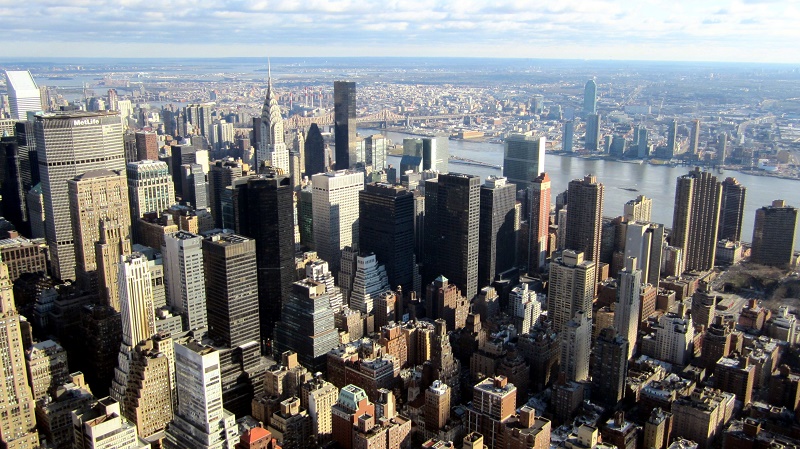2014年12月6日A类大作文题目对于很多同学都比较陌生。今天为大家准备一篇墨尔本文波雅思学CJY的习作,基本错误我已经改了。大家觉得几分呢?
Some people think the best city is “vertical city”, with tall buildings for people to live and work, some people think the best city is ‘horizontal’ with few tall buildings for people to live or work. Discuss both views and give your opinion.
With the rapid growth of population and fast urbanisation process, the demand for housing continues to rise. A heated debate has been aroused whether a city should be designed in a vertical way that maximize compactness for optimum efficiency, or it is a better choice to spread out in an horizontal level. Personally, I think urban planners and real-estate developers should consider a city’s geographical condition and its residents’ living preference together before making the final urban planning decisions.
Nowadays, the phrase “concrete jungle” is used to describe the cramped metropolis vividly. There is no denying that the vertical city with taller buildings for people to live and work has become a trend , because it offers reasonable solutions for issues of dense population and space limitation. First, living and working in building with hundred of stories can save room for other infrastructural facilities and urban greenbelts. Besides, due to the shorter commuting distance between home and workplaces, more people tend to walk or take public transports instead of driving private cars, which reduce exhaust emission, thus alleviating the environment pollution and traffic congestion. Another major concern is the social connection of city dwellers. It is easier for people living in a vertical city to attain a sense of belonging to the community through drawing on various social resources from neighborhood. For example, the community center where I live in Shanghai, a typical vertical metropolis in China, has often organized diversified activities to enrich our spare time lives, such as giving lectures on childcare and household chores as well as running classes of yoga and Pilates.
Despite the benefits mentioned above, some people claim that the immense sky has been sandwiched by numerous skyscrapers whenever they look out. On the contrary, the vision is better in a horizontal city as houses are built on a large scale with expansion; therefore such kind of constraining feeling has disappeared immediately. Also, people enjoy more freedom and privacy if they live in their spacious houses than in overcrowded apartments in the downtown. What is more important is that the horizontal city planning has provided greater possibility for extended families to live together and have meals regularly that contribute to strengthen family bonds and achieve work-life balance.
In my opinion, benefits and caveats exist in both vertical and horizontal cities. The decisive factor for urban planning lies in a city’s geographic condition. It is not wise to develop most Australian cities into vertical style as China does, while it is also hard to imagine that Singapore or Hong Kong can be changed into a horizontal one. Last but not least, living preference of city-dwellers also plays an important role and should be given enough consideration as well.





